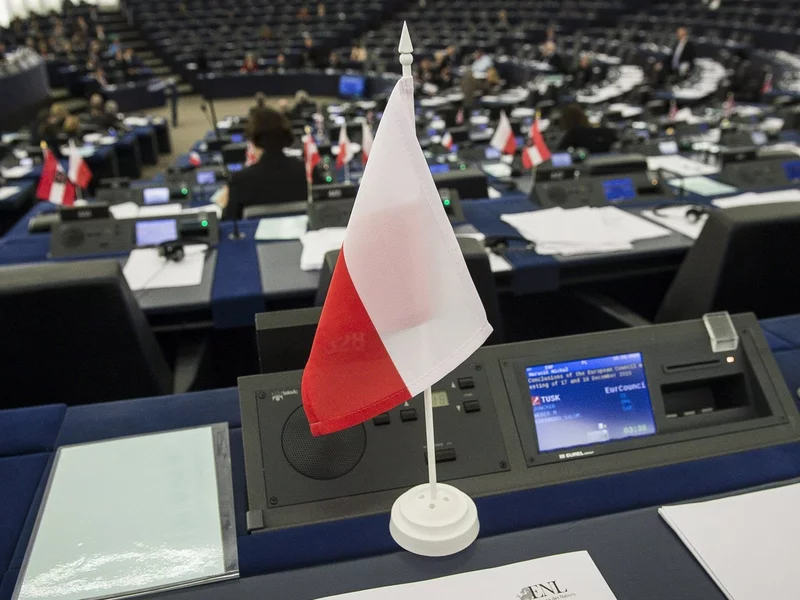
For most parents, the arrival of a new baby is both exhilarating and overwhelming. It’s a chapter of life filled with late-night feedings, joyful milestones, and endless adjustments. Yet, how easily families navigate those first precious months depends heavily on where in the world they live.
In some countries, governments provide robust maternity leave benefits—giving mothers time to recover from childbirth, bond with their newborn, and transition into parenthood without financial strain.
In others, support is far more limited, forcing women to choose between their income and their child’s early care. Across the globe, maternity leave policies vary dramatically, from more than two years of guaranteed time off to none at all.
To understand where mothers have the strongest safety nets, a recent analysis compared nearly 200 countries on the basis of leave duration and pay adjusted for local purchasing power.
 Photo: Bran Castle, Romania / Pexels
Photo: Bran Castle, Romania / PexelsWhy Maternity Leave Matters
Before diving into the rankings, it’s worth reflecting on why maternity leave is so critical. Medical experts recommend a recovery period after childbirth that extends well beyond a few weeks.
Physical healing, mental health, and the establishment of breastfeeding all take time. Equally important, extended leave allows mothers to form strong bonds with their infants—something linked to better developmental and health outcomes.
Financial security is another pillar of effective maternity policy. Time off without pay can be an impossible burden, particularly in high-cost countries.
Paid leave ensures that new parents aren’t forced back into the workplace prematurely, reducing stress while improving long-term productivity and retention for employers.
 Photo: Pixabay
Photo: PixabayLongest Maternity Leaves
When it comes to maternity leave, few places can match the commitment of Eastern Europe. Romania leads the world by granting mothers two full years away from work.
The policy, which stretches to 104 weeks, is not only generous in length but also meaningful in value, offering the equivalent of $49,777 when adjusted for local purchasing power.
South Korea is not far behind, providing mothers with 90.9 weeks of leave. That’s nearly two years of guaranteed time at home with a newborn, supported by benefits valued at $48,795.
Poland also ranks highly, offering 61 weeks of maternity leave, more than a year in total. The financial component—worth about $46,053 in purchasing power—ensures that mothers are not left struggling to balance income with childcare.
Close on its heels, Bulgaria provides 58.6 weeks, giving mothers more than a year away from work. While the overall value of the payout is smaller, at $22,634, the extended duration still provides a substantial safety net.
Sweden rounds out the top five with 55.7 weeks of leave. The Scandinavian nation is widely recognized for its progressive approach to family policy, and maternity leave is no exception. Mothers can take more than a year away from work, supported by benefits worth $46,952.
 Ålesund, Norway; Photo- Wikipedia
Ålesund, Norway; Photo- WikipediaCountries With the Most Valuable Maternity Pay
The length of time off is only one dimension. For many families, what truly matters is how much financial relief comes during those months.
At the very top is Norway, where new mothers can claim benefits worth an adjusted $73,955. This figure, calculated in terms of purchasing power, reflects not just a symbolic gesture but a genuine commitment to supporting families during one of life’s most demanding periods.
Romania, which already leads the world in length of leave, also secures a top spot for financial value. The country’s maternity pay stretches to $49,777 when adjusted for its cost of living. South Korea, too, combines length and value, offering $48,796 in benefits.
Finland demonstrates its strength through robust payouts that reach $46,952, making it one of the most financially generous systems in the world. Sweden matches this figure, providing families with the reassurance that income will not vanish during the crucial first year.
 Krueger National Park, South Africa; Photo- Discover Africa Safaris
Krueger National Park, South Africa; Photo- Discover Africa SafarisThe Other Side: Least Generous Policies
Not every country offers a supportive framework for new mothers. In fact, some provide little to no statutory benefits, leaving families to navigate the challenges of childbirth and recovery without adequate protection.
Among the most striking examples is the United States. Despite being one of the wealthiest nations in the world, it does not guarantee paid maternity leave at the federal level.
The only nationwide provision is the Family and Medical Leave Act, which allows eligible employees to take up to twelve weeks off work, but this leave is entirely unpaid. For many mothers, the financial reality makes such an option impractical.
South Africa illustrates another kind of gap. The country does guarantee four months of maternity leave, but in most cases, it is unpaid unless covered by unemployment insurance or employer-based schemes.
In some smaller nations, the lack of statutory benefits is even more pronounced. Both Tonga and Papua New Guinea provide no paid maternity leave whatsoever. Without any government-mandated support, new mothers must rely entirely on their employers or personal savings.
Eswatini offers a slightly more structured arrangement, allowing six weeks of leave before childbirth and six weeks after, but only two of those weeks are paid. The fragmented design leaves many families with little more than a token gesture of assistance.
Together, these cases highlight the enormous disparity between the most generous systems and the least supportive ones. Where countries like Romania and Norway provide long stretches of paid time off, others offer nothing at all.
Let’s look at the following table that gives us a glimpse into the numbers above that were reported in CN Traveler:
| Romania | 104 (2 years) | $49,777 | Longest maternity leave worldwide; high value due to low cost of living. |
| South Korea | 90.9 | $48,796 | Nearly two years; strong combination of time and financial support. |
| Poland | 61 | $46,053 | Over a year of leave with strong payout. |
| Bulgaria | 58.6 | $22,634 | Extended leave, though payout lower than neighbors. |
| Sweden | 55.7 | $46,952 | Progressive system; generous leave and pay. |
| Norway | ~49 (varies by scheme) | $73,955 | Highest maternity pay in the world; emphasizes family welfare. |
| Finland | ~46 (varies) | $46,952 | Robust payouts; part of Finland’s strong welfare state. |
| United States | 0 (statutory paid leave) | $0 | No federally mandated paid leave; only unpaid leave under FMLA. |
| South Africa | 16 (unpaid) | $0 (unless insurance/employer) | Four months guaranteed, but typically unpaid. |
| Tonga | 0 | $0 | No statutory maternity leave or pay. |
| Papua New Guinea | 0 | $0 | No statutory maternity leave or pay. |
| Eswatini | 12 (6 before, 6 after) | Limited (only 2 weeks paid) | Extremely limited paid benefits. |
 Göteborg, Sweden; Photo- Wikipedia
Göteborg, Sweden; Photo- WikipediaBottom Line
The early months of motherhood are too important to be dictated by financial hardship or inadequate time off. Countries like Romania, South Korea, and Norway demonstrate that long, well-compensated maternity leaves are not just possible but sustainable.
Meanwhile, nations with little or no paid leave risk placing families under enormous strain, with ripple effects on health, gender equality, and economic productivity.
As global conversations about work-life balance and gender equity continue, maternity leave will remain a key marker of progress.
Where governments choose to invest in parents, societies thrive—not only in the cradle but for generations to come.
Stay tuned with us. Further, follow us on social media for the latest updates.
Join us on Telegram Group for the Latest Aviation Updates. Subsequently, follow us on Google News
Most and Least Visited Cities in the World
The post Countries Offering Longest and Highest Paid Maternity Leave in the World in 2025 appeared first on Aviation A2Z.













![Ponad trzy kilogramy narkotyków w mieszkaniu. 40-latek z zarzutami [FOTO/VIDEO]](https://swidnica24.pl/wp-content/uploads/2025/09/40-latek-zatrzymany-za-posiadanie-narkotykow-2025.09.23.jpg)